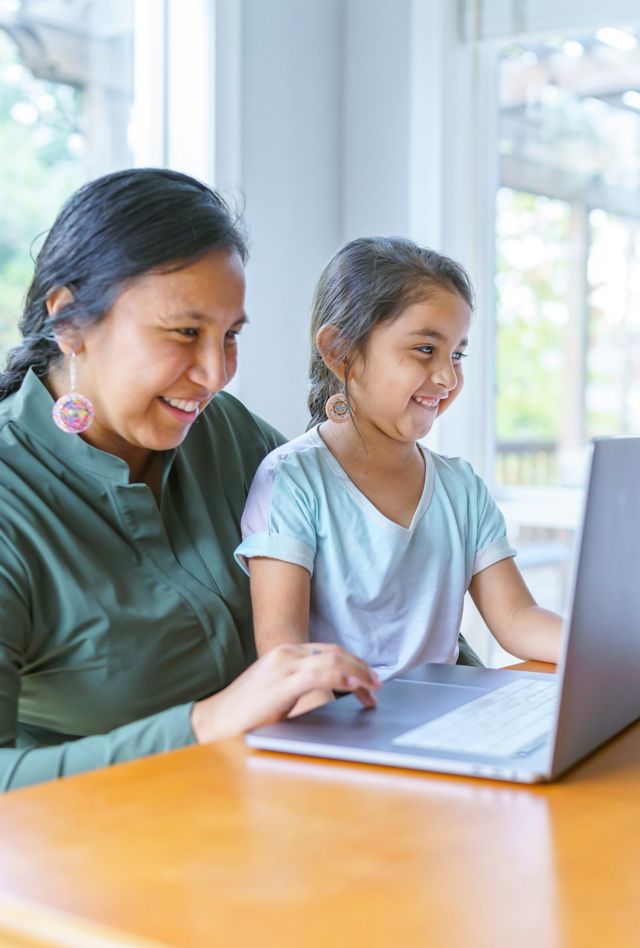Assessing Distance Learning for the Bureau of Indian Education

Problem
The COVID-19 pandemic disproportionately impacted American Indian students.
Historically, many American Indian students have struggled to access high-quality education. That disparity intensified during the COVID-19 pandemic when most American schools quickly pivoted to some form of remote education. That transition exposed and exacerbated the profound consequences of the digital divide. Tribal communities are four times more underserved by broadband than the general population, making distance education challenging, if not impossible, and putting them at risk of falling further behind their peers. To support distance learning in its 183 schools, the Bureau of Indian Education (BIE) needed more information about the challenges the schools faced and best practices to address them. BIE also needed support moving the schools to the ideal future state where they have better support and resources. BIE funded NORC and our partners Bowman Performance Consulting, Education Northwest, and SRI International, to oversee that work.
Solution
NORC assessed distance learning delivery and ways to improve remote instruction.
This project had four main goals:
- First, NORC investigated the main Learning Management Systems that Native schools use to provide BIE with guidance in using these systems throughout the country.
- Second, the NORC team looked at the current state of distance education at all BIE and Tribally Controlled Schools (TCS) schools and colleges through school interviews and a family survey.
- Third, we defined best practices for distance learning implementation based on the strengths and challenges of these schools, colleges, and students.
- Finally, we developed plans to bridge the gap between the current and ideal states of distance learning at these schools and colleges for BIE to implement.
Result
NORC recommended strengthening professional development and staff communication.
NORC developed high-leverage, actionable recommendations for BIE that were based on an analysis of key data and a synthesis the study findings. To advance the agency’s vision of providing educational services and supports by highly effective educators, NORC focused on enhancing professional development and communication.
This project’s insights into how to measure the effects of distance learning and how schools could more productively offer remote learning can be expanded to all types of rural K-16 schools.
Related Tags
Project Leads
-
Jennifer Hamilton
Senior Vice PresidentPrimary Investigator







